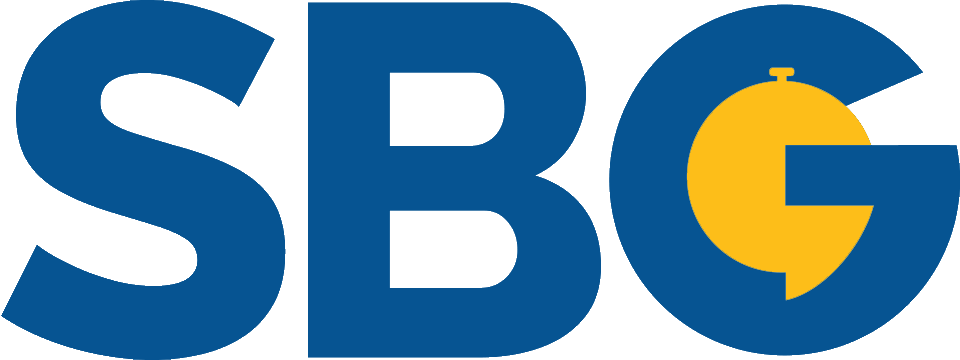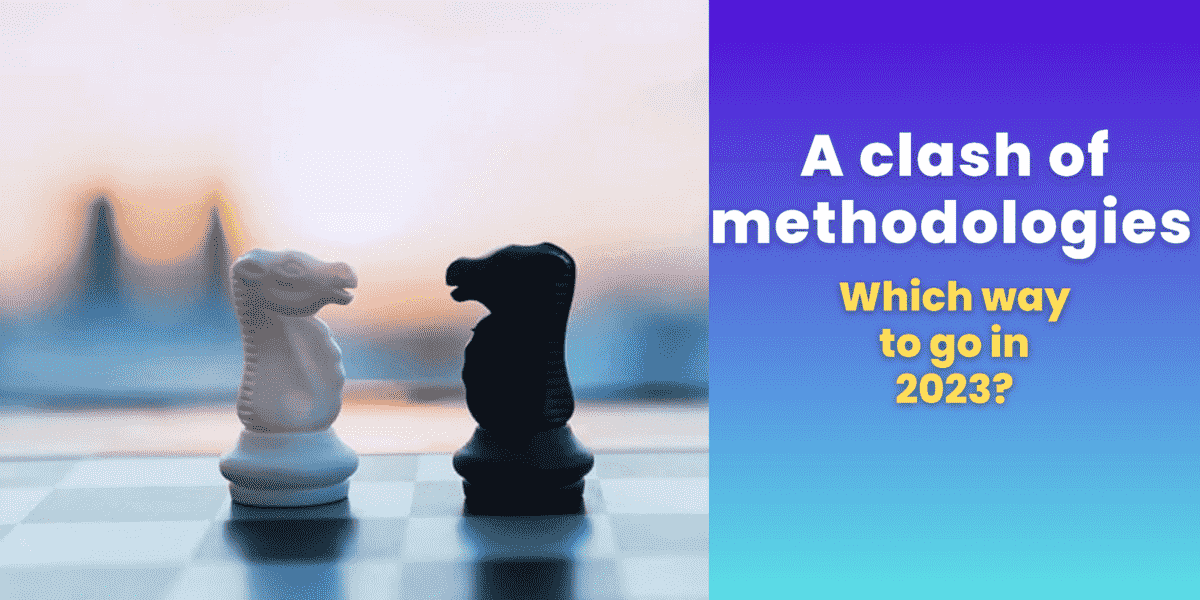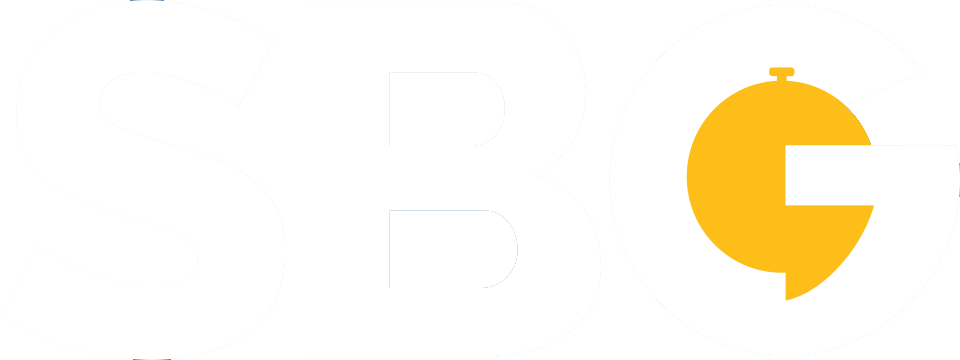In the world of marketing, two fundamental strategies vie for your attention: Demand Generation and Brand Awareness. Let’s dive into the fray and explore these contrasting methodologies to help you make informed decisions for your business.
Whether your campaigns rely on every customer recognizing the logo or slogan of the business anywhere or through problem-solving, reliable products that are in direct correlation with the company, this article could help make better choices and inform more about the other side of customer acquisition.
Our guide will help you determine which of these strategies should you use to funnel new buyers and get high-quality leads that will ensure maximum ROI and profit for the business.
If you know which one to choose for your company, but don’t have the exact blueprint of how to do it, maybe this article on how to outsource digital marketing could help in your business endeavors.
Table of Content
- What is exactly Demand Generation?
- Pros of Demand Generation?
- What is Brand Awareness?
- Cons of Brand Awareness?
- What is the difference between Demand Generation and Brand Awareness?
- Which one is better?
- Can Demand Generation and Brand Awareness work together?
- Frequently Asked Questions (FAQ)
What is exactly Demand Generation?
Demand Generation is a multifaceted approach aimed at creating a strong pull for your products or services. It encompasses a wide array of tactics, from content marketing and paid advertising to email campaigns and social media. The essence of Demand Generation lies in fostering interest and curiosity in your target audience. Its charm lies in its ability to reel in potential customers who are actively seeking a solution.
This methodology is a beacon, drawing potential clients towards your offerings like moths to a flame. Its charm lies in its ability to target individuals actively searching for solutions, providing your business with a steady stream of potential leads. Companies use it as a way to contact and connect with every customer who values time and wants solutions to their problems in the most efficient way.
Demand generation has been used forever now, since you can never miss with a problem-solving strategy. Campaigns are focused on the essentials, creativity is desirable but not necessary, since the funnel is based on logic and not emotions of the audience.
Pros of Demand Generation?
From the perspective of cost, Demand Generation often proves cost-effective in the long run. It focuses on an audience already interested in your niche, leading to a higher conversion rate. In terms of quality, the leads generated are typically more likely to convert into paying customers, thanks to their pre-existing interest. And in the realm of speed, Demand Generation can bring quick results as it capitalizes on existing demand.
High quality leads can be made through a lot of channels, so this gives the sales team many options to get to people who want to buy your product. In the world of attention economy, having strategies include social media (LinkedIn, Facebook marketplace, Twitter, etc), paid ads, billboard campaigns and many more can create a great funnel for the product/ service that is being offered.
Intriguing, right? Keep reading to delve deeper into the world of Demand Generation and maybe find some useful tips.
Cons of Demand Generation?
Despite its merits, Demand Generation does have its drawbacks. In terms of cost, it might require substantial initial investments in content creation and advertising. Quality can be compromised if not executed properly, as attracting the right audience can be tricky. Additionally, while it can yield results quickly, it might not be the best choice for businesses with tight budgets or time constraints.
As we have mentioned before, having a lot of potential channels to reach target audiences breeds chances of success, but no campaign that is big will be affordable. A lot of companies only opt out for some of the funnel channels, proven to work, like social media, because spreading out marketing can be tricky in terms of budget.
What is Brand Awareness?
Brand Awareness is about establishing your brand’s presence in the minds of your target audience. It’s the art of ensuring your brand is the first thing people think of when they need a particular product or service. A well-executed Brand recognition campaign can make your brand a household name, boosting trust and loyalty.
Think about the world’s most iconic brands, and you’ll grasp the power of Brand Awareness. Continue reading to explore its strengths and weaknesses.
When you hear someone, a friend or family member perhaps, say “Oh I do not wear Adidas shoes, only Nike”, even if Adidas has better running shoes, that is the pinnacle of brand recognition.
Probably one of the strongest, if not the strongest example of this phenomena is Apple. You will often hear people say that they could never switch to an Android phone after using an iPhone for so long and we will explain “why” in detail in the next chapter.
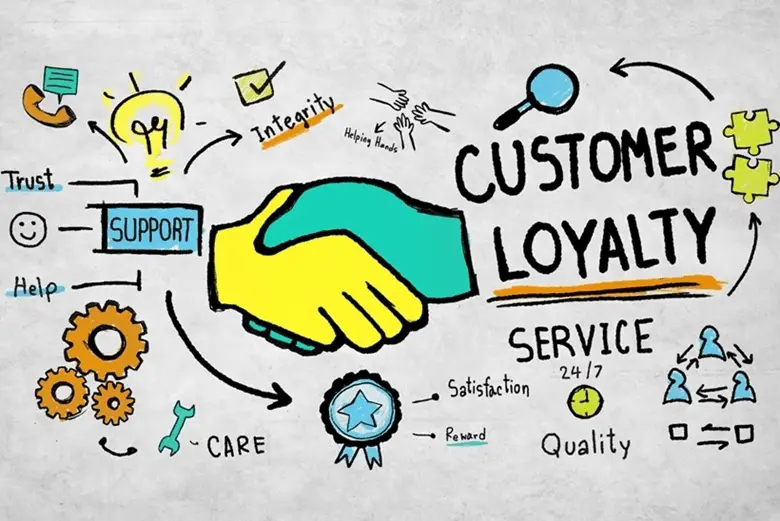
Pros of Brand Awareness?
Cost-wise, campaigns can be budget-friendly, especially in the long run, as they often rely on organic growth and customer loyalty. In terms of quality, it nurtures a strong and consistent brand image that can lead to lifelong customers. Though it takes time, the long-term results can be spectacular. Remember how ubiquitous brands like Coca-Cola or Apple have become.
Apple’s marketers did it best, for a good reason. Along with the iPhone, came a lot of other devices that were all interconnected and you could easily access information and data using the iCloud. Once the phone is attached to the MacBook, chances are slim that the customer (especially if he/she is not a tech enthusiast) will transfer everything to the rival team, in this case, Android (Google Photos for example).
What Apple did was create a continuous loop, more like an ecosystem that will keep 99% people in its market for years to come, since there is always a new iPhone, chip for Mac or even externals like airpods, which we have seen evolve. Apple is the most accurate and effective example that proves the power of branding.
Cons of Brand Awareness?
Despite its advantages, Brand Awareness may not provide immediate returns. Building a recognizable brand takes time, effort put in marketing and it might not suit businesses looking for quick results. Additionally, the effectiveness of this strategy can vary depending on your niche and audience, and maintaining brand consistency can be a challenge.
What are similarities between Demand Generation and Brand Awareness?
Both Demand Generation and Brand Awareness share a common goal: attracting potential customers. They intersect at points like content creation, as quality content can serve both purposes. Furthermore, they aim to enhance your brand’s visibility and credibility in their respective ways.
Marketing for both of these strategies can be done in similar ways, depending on the industry of course. For example, a blog that is made primarily for branding will play more on emotions of the customers, rather than a blog that will get leads through problem solving and logic.
This all falls on the sales team and marketing team that need to know whether the idea and vision of the company is to go one route or the other. Marketers will dominate if the idea is to focus on Brand recognition for acquiring customers is more oriented on the logic side, generating demand.
What is the difference between Demand Generation and Brand Awareness?
The primary difference lies in their focus. Demand Generation pulls in prospects actively searching for solutions, while Branding for customers emotions works on creating a lasting presence, even if it doesn’t result in immediate sales. They are like two sides of the same marketing coin, one immediate and the other long-term.
Depending on the audience for products/ services, use of the wrong strategy could be detrimental for the company in the long run. For example, if the business is mostly B2B, Return on investment (ROI) for brand awareness will be much smaller than a pure selling on need.
Which one is better?
The better choice between Demand Generation and Brand Awareness is subjective. It depends on your business’s current stage, goals, and available resources. In some cases, a combination of both strategies might be the most effective approach, capitalizing on their individual strengths and mitigating their weaknesses.
In both cases, having a partner that can provide top notch marketing services could be the solution to boosting sales and improving customer relations.
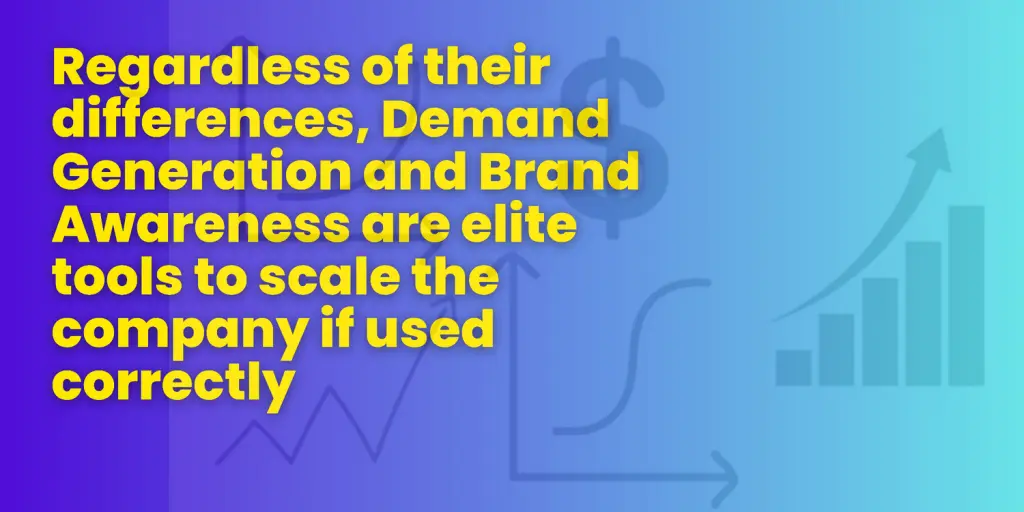
Can Demand Generation and Brand Awareness work together?
Absolutely. The synergy between Demand Generation and Brand Awareness is a recipe for success. While Demand Generation brings in immediate leads, Brand Awareness lays the foundation for long-term brand recognition. They complement each other, filling gaps and enhancing the overall marketing strategy. It’s like having the best of both worlds.
Frequently Asked Questions (FAQ)
What is exactly Demand Generation?
Demand Generation is a comprehensive marketing strategy focused on creating interest and attracting potential customers who are actively seeking a solution.
Marketers could go for a few different channels of raising sales such as content marketing, account based marketing and paid ads are the most popular and effective ways of creating demand generation.
- Content Marketing includes ways of making contact with customers or B2B such as blogs, videos, social media, podcasts or even eBooks and many more, raising performance of the business.
- Account based marketing consists of a few different ways to boost leads, but making an email list is one of the best. Using linkedin just to post articles that will boost conversions to email lists is one of the most effective ways of ABM.
- Marketing through paid advertising will skyrocket your sales, but the ROI could be smaller and less efficient until you figure out target audiences and buyers.
What are Pros of Demand Generation?
From a cost, quality, and speed perspective, Demand Generation can be a highly effective marketing strategy, bringing in leads that are likely to convert.
In the short term, it is a great solution for marketers to reach new people through problem-solving, logical methodology of sales, as well as boosting B2B sales.
What are Cons of Demand Generation?
Demand Generation might require significant initial investments, may not always guarantee high-quality leads, and may not be suitable for businesses with tight budgets or time constraints.
In the longer run, without enough resources it falls short to Brand Awareness, since marketing campaigns can’t take business to fulfill its potential without customers having legitimate feelings for the brand.
What is Brand Awareness?
It is all about establishing your brand’s presence in the minds of your target audience, ensuring it’s the first choice when they need a product or service. Raising and scaling a great brand is more efficient with a great partner agency, which is one of many benefits of outsourcing digital marketing to experts.
As we have mentioned before, the simplest way to explain this is when the buyers won’t even think about other brands, especially competitors, because of strong emotions and loyalty to one particular brand.
What are Pros of Brand Awareness?
It can be a cost-effective marketing move in the long run, foster brand loyalty, and lead to a lasting, recognizable brand image. Companies that have grown to multinational scales have capitalized on this way of marketing for decades now.
It takes time, but sales skyrocket after the company is established and no marketing campaign can compete with the emotions of people. To create a name that will be well known, you don’t need much more than a laptop and will dedicate yourself to making a great product, blog for example or any other way of messaging directly to customers’ emotions.
What are Cons of Brand Awareness?
Building takes time, and its effectiveness can vary depending on your niche and target audience. Having customers solely read a blog or two per week will not be enough without other factors, even if those blogs get emotional response and make the brand closer to them.
In 2023, the most important marketing factor for raising a brand’s image could be a website optimized for newcomers, that simultaneously awakens emotions in recurring buyers. If the digital marketing outsourcing is done correctly, some of these flaws could be nullified.
What are similarities between Demand Generation and Brand Awareness?
In 2023, marketing is so advanced and evolving continuously that either of these is a good option for the expansion, since they intertwine in a lot of ways.
Both strategies aim to attract potential customers and enhance your brand’s visibility and credibility. Using both of these can result in sales of your product/s through a warm lead.
Companies choose one of these based on their preferences and market situation to get the most successful lead generation and highest engagement.
What is the difference between Demand Generation and Brand Awareness?
The primary difference is in their way of lead gen, with Demand Generation targeting immediate leads and building the name of the brand is targeting long-term recognition.
While Demand Generation is a search and quest that lead gen should be high-quality, the second option for lead gen is every action, mostly marketing, the firm takes to stay in customers’ minds and hearts, for as long as possible, while giving them a great product.
Regardless of what process you choose for boosting marketing of the company, regardless of the industry, the key is to get as much value and engagement as possible. In 2023, choosing any of these to get the best lead possible will make buyers want the product you are selling if you do it right.
Which one is better?
The choice between these two is subjective and depends on your business’s stage, goals, and resources. One difference that could determine which one you will use to make lead gen an efficient one, is whether you are selling B2B or B2C, or even both.
In the end, both marketing channels increase performance and revenue if used correctly, but the key is to use them as efficiently as possible for the highest ROI for your business.
Can Demand Generation and Brand Awareness work together?
Yes, they can work together effectively, combining their strengths and mitigating weaknesses to create a well-rounded marketing strategy. On one hand, you could have a strong marketing campaign that is strictly B2B, while you simultaneously work on social media, treating every customer interaction with the utmost dedication.
Making the website do the B2B marketing and collecting one type of lead, while social media and linkedin be key for the other target audience is a strategy that could work.
We hope this guide has helped you determine which form of marketing you should focus on for your business to dominate the market!
